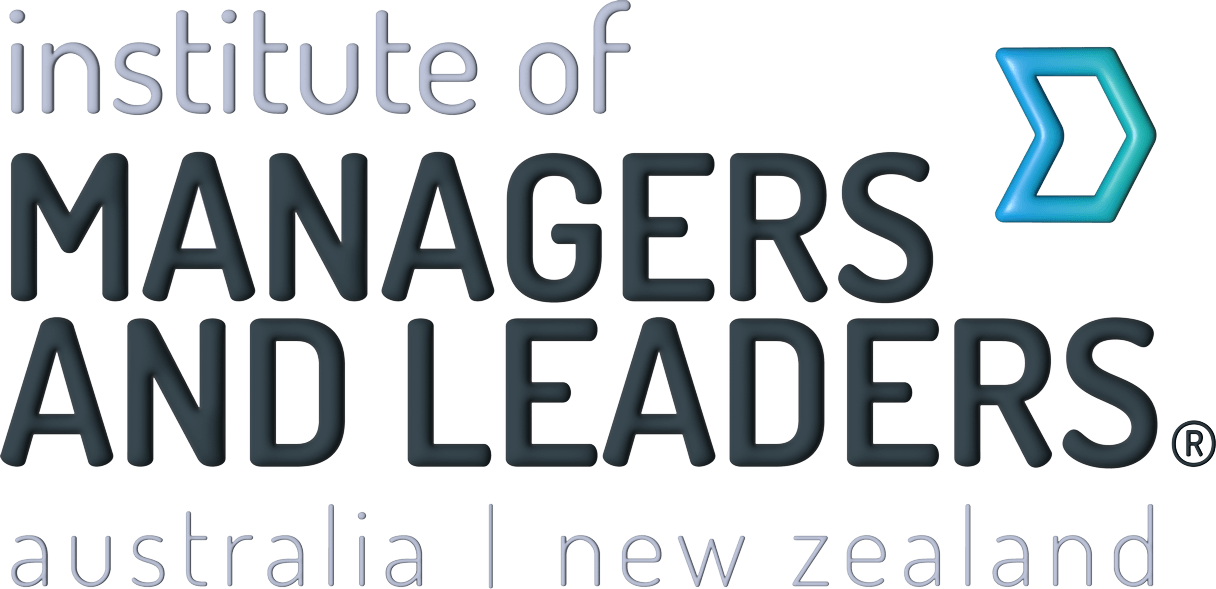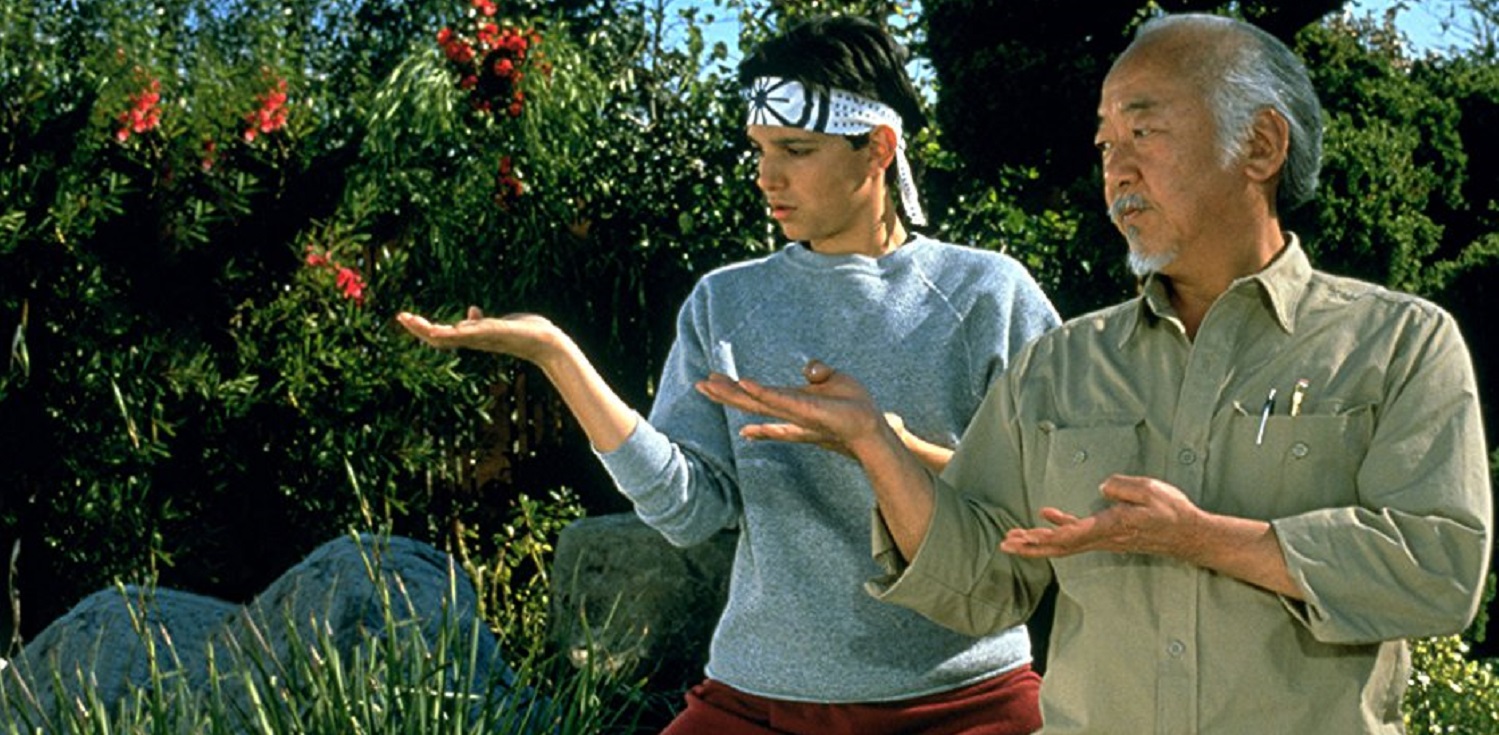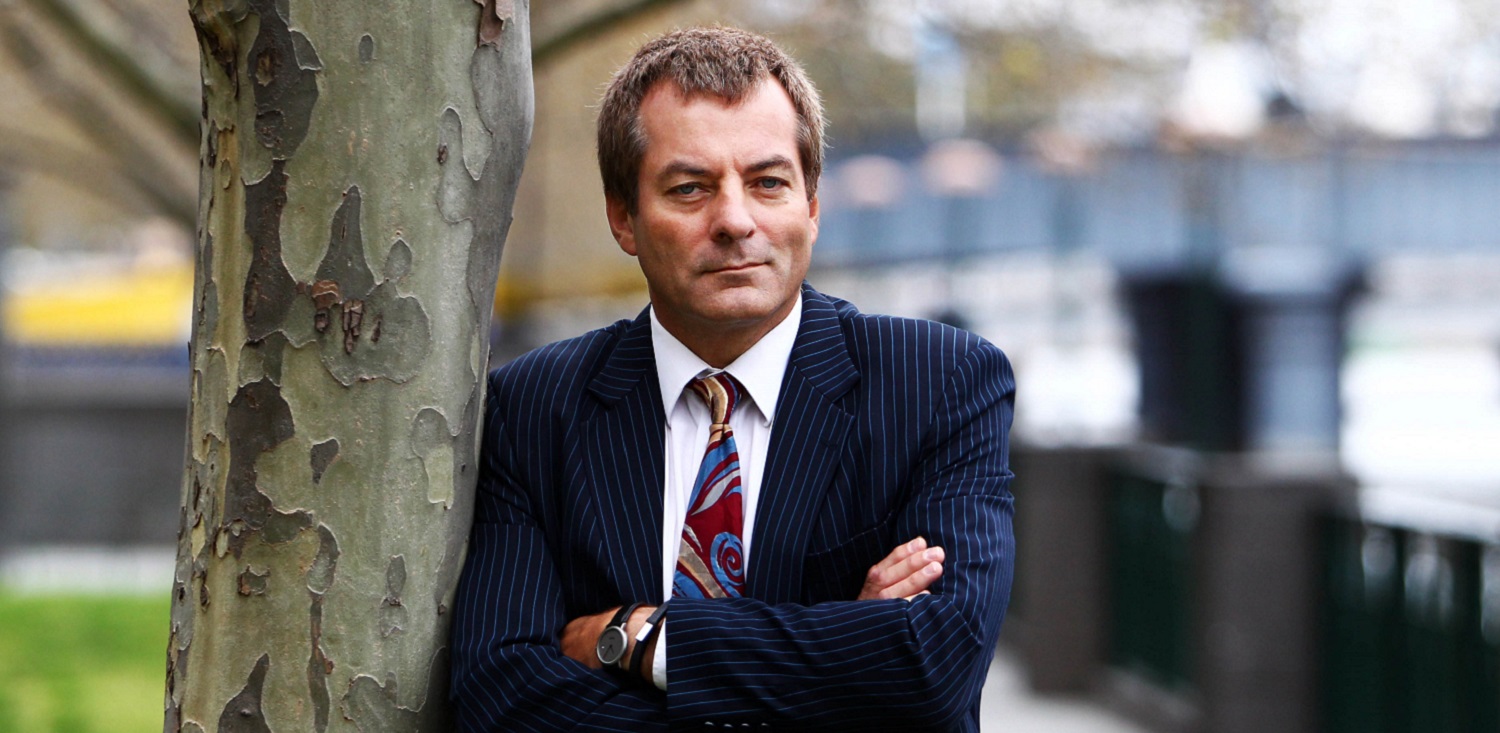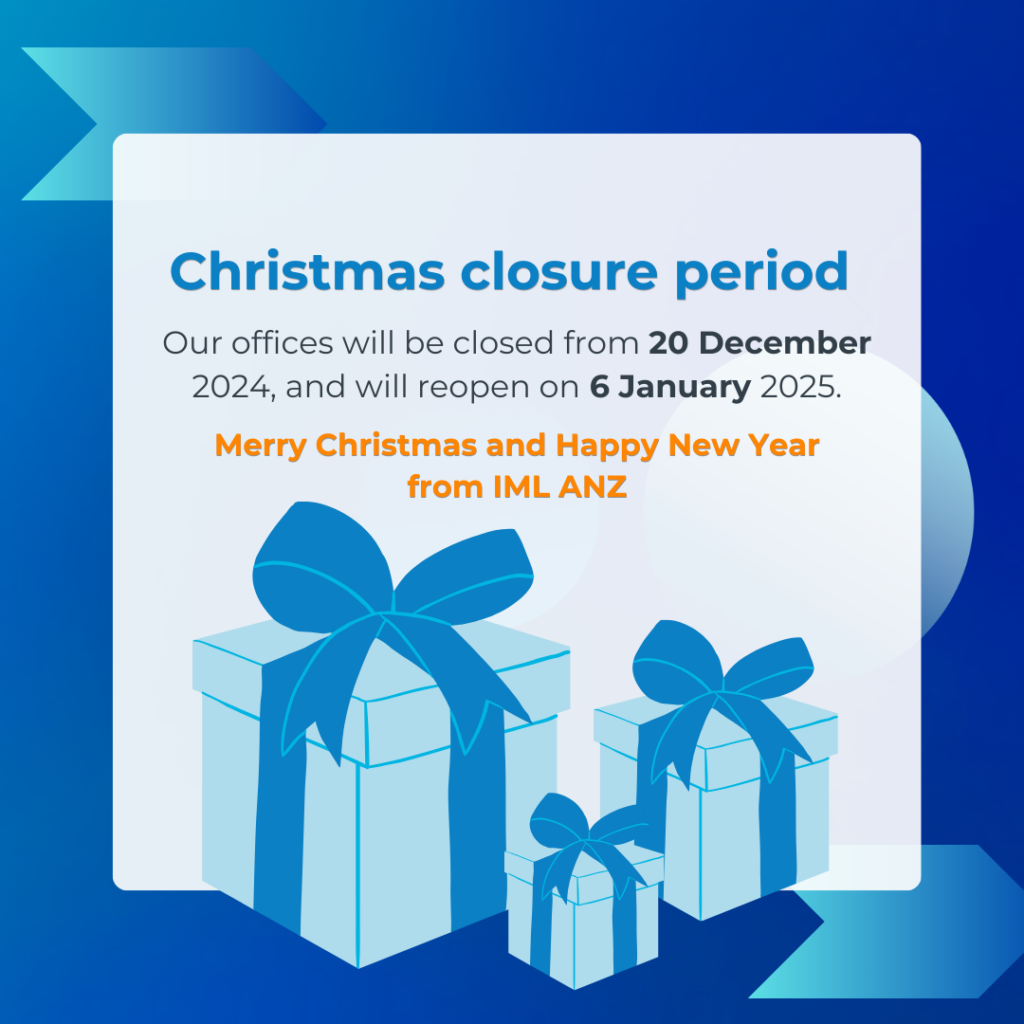By Sarah McDuling
We are living in a time of great change and challenge; a time when people are being encouraged to examine gender biases and work towards gender-balanced leadership.
The goal, of course, is to create an environment of inclusivity and equality – a culture which not only allows women to achieve their goals, but one that actively encourages young girls to succeed professionally in the same way that young boys have always been encouraged. The question is how do we get there and, perhaps more importantly, how long will it take?
Currently, 47% of the Australian workforce is female, but only 13.7% of chair positions in the country are held by women and only 16.5% of Australian CEOs are women. In fact, 70.9% of reporting organisations in Australia have a male-only team of key management personnel.
Meanwhile, internationally, only 25 of the CEOs in the Fortune 500 are women. When can we expect that number to rise closer to the 50% mark? It has been estimated by the World Economic Forum that the gender gap won’t close entirely until the year 2186. As a single professional woman, I find these numbers deeply concerning. Do we really need to wait that long?
Knowledge is power and when it comes to women in leadership, empowerment is key. As a woman there are two questions I find myself constantly contemplating: How? And who? Firstly, how can I achieve my professional goals in a culture that is intrinsically skewed in favour of men? And secondly, who are my role models?
Luckily, I happen to work in the book industry and so when seeking knowledge, I don’t have to look very far. Here are two recommended reading lists titled How to Lead and Who to Follow. The first is a list of books by successful women in leadership roles, full of valuable advice for women who aspire to become leaders themselves. The second is a list of powerful and thought-provoking memoirs by female role models. Read these books. Read them, not only to learn how to become a great leader, but also to discover what kind of leader you want to become.
HOW TO LEAD
DARE TO LEAD BY BRENÉ BROWN
How do you cultivate braver, more daring leaders? And, how do you embed the value of courage in your culture? Dare to Lead will answer these questions for you.
HOW WOMEN RISE BY SALLY HELGESEN & MARSHALL GOLDSMITH
Do you hesitate about putting forward ideas? Are you reluctant to claim credit for your achievements? Do you find it difficult to get the support you need from your boss? If your answer to any of these is ‘Yes’, How Women Rise will help get you back on track.
LIVE LEAD LEARN BY GAIL KELLY
The first female CEO of one of Australia’s big four banks, Gail Kelly is celebrated as one of our finest, most innovative thinkers on leadership and workplace culture.
WOMEN LEADING BY CHRISTINE NIXON & AMANDA SINCLAIR
Women Leading smashes tired prescriptions that women should lead like men, highlighting a long history of innovative female leadership.
THRIVE BY ARIANNA HUFFINGTON
As the cofounder and editor-in-chief of the Huffington Post Media Group, Arianna Huffington is by any traditional measure, extraordinarily successful.
HOW REMARKABLE WOMEN LEAD BY JOANNA BARSH, SUSIE CRANSTON & GEOFFREY LEWIS
How Remarkable Women Lead explores provocative issues such as whether feminine leadership traits (for women and men) are better suited for our fast-changing, hypercompetitive, and increasingly complex world.
WINGING IT BY EMMA ISAACS
CEO and entrepreneur Emma Isaacs believes that you can’t plan every detail in life; instead, take action now and figure the rest out as you go along.
LEAN IN BY SHERYL SANDBERG
Sheryl Sandberg is chief operating officer of Facebook and co-author of Option B with Adam Grant. In Lean In, Sandberg reignited the conversation around women in the workplace.
WHO TO FOLLOW
UNFETTERED AND ALIVE BY ANNE SUMMERS
Anne Summers’s story has her travelling around the world as she moves from job to job, in newspapers and magazines, advising prime ministers, leading feminist debates and writing memorable, influential books.
200 WOMEN BY RUTH HOBDAY & GEOFF BLACKWELL
Two hundred amazing women answer the same questions about life, happiness and regrets.
FIGHT LIKE A GIRL BY CLEMENTINE FORD
Clementine Ford is a beacon of hope and inspiration to Australian women and girls. Her incendiary debut Fight Like A Girl will make you laugh, cry and scream.
WOMEN KIND BY DR KIRSTIN FERGUSON & CATHERINE FOX
Dr Kirstin Ferguson joins Walkley award-winning journalist Catherine Fox to examine how women’s shared clout is transforming communities, workplaces and leadership.
ANY ORDINARY DAY BY LEIGH SALES
In her powerful book, journalist Leigh Sales examines what people fear most and why? And when the worst does happen, what comes next?
EVERYWHERE I LOOK BY HELEN GARNER
Including Garner’s famous and controversial essay on the insults of age, her deeply moving tribute to her mother and extracts from her diaries.
MY LIFE ON THE ROAD BY GLORIA STEINEM
From journalist, activist, and international icon Gloria Steinem comes an all-new memoir of a lifetime of listening and learning from people, travelling America and the world.
NOT JUST LUCKY BY JAMILA RIZVI
Jamila Rizvi exposes the structural and cultural disadvantages that rob women of their confidence, helping women fight for a more inclusive, equal workplace for all.
THE GOOD GIRL STRIPPED BARE BY TRACEY SPICER
When Tracey Spicer was sacked by email after having a baby, this good girl turned ‘bad’, took legal action against the network for pregnancy discrimination. (Spicer will be MC at IML’s International Women’s Day Great Debate in Sydney on 8 March. Details at iml.eventsair.com/international-womens-day)
BECOMING BY MICHELLE OBAMA
In her memoir, a work of deep reflection and mesmerising storytelling, Michelle Obama invites readers into her world, telling her full story as she has lived it – in her own words and on her own terms.
AVAILABLE FROM BOOKTOPIA
All these books are available at booktopia.com.au
Sarah McDuling is the Senior Content Producer for Booktopia and the Editor of the Booktopian Blog.
















